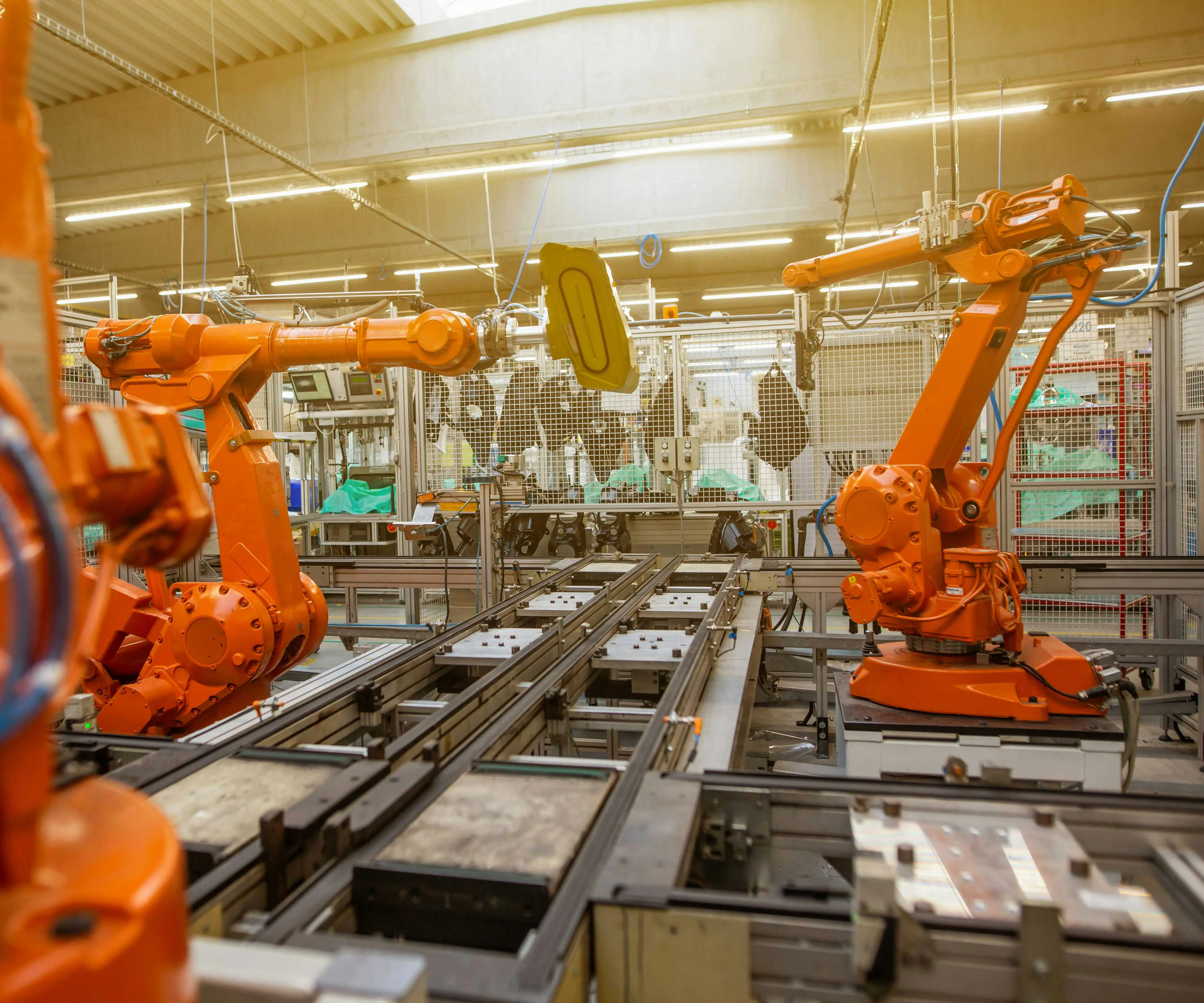Introduction: Unlocking the Potential of Servo Motors with Arduino
If you've ever dreamed of creating robotic arms, remote-controlled vehicles, or interactive gadgets, then mastering how to attach a servo motor to an Arduino is an essential skill. Servo motors are marvels of modern electronics—compact, powerful, and capable of precise angular positioning. Connecting them correctly and understanding their operation opens the door to countless creative projects.

Understanding the Basics of Servo Motors
Before diving into the attachment process, let’s clarify what a servo motor is. Unlike simple DC motors that spin continuously, servo motors are designed for controlled angular movement. They come with integrated feedback systems, allowing you to specify an exact position or angle, typically between 0° and 180°.
A typical servo motor has three wires: power (usually red), ground (black or brown), and control signal (white, yellow, or orange). The control wire receives PWM (Pulse Width Modulation) signals from your Arduino, dictating the position of the servo's shaft.
Gathering Your Materials
To start, you'll need:
An Arduino board (such as Arduino Uno, Mega, or Nano) A servo motor (commonly SG90 or MG995, but can vary depending on power needs) Connecting wires (male-to-male jumper wires) A breadboard (optional but helpful for testing) Power supply (if your project demands more than one servo or high torque)
Understanding the Wiring
Connecting the servo motor correctly is critical for smooth operation and longevity. Here’s what to keep in mind:
Power (Red): Connect to the Arduino’s 5V pin if your servo's current requirements are modest (like SG90). For high-torque or multiple servos, consider an external power supply to prevent drawing too much current from the Arduino.
Ground (Black/Brown): Connect to the Arduino GND. Crucially, if you’re using an external power supply, connect its ground to the Arduino GND to establish a common reference point.
Control Signal (White/Yellow/Orange): Connect to one of the Arduino’s digital PWM pins (for example, pin 9).
Step-by-Step Wiring Instructions
Let’s walk through attaching a servo motor step by step:
Step 1: Identify the three wires on your servo motor. Usually, they are color-coded, but verify with your datasheet.
Step 2: Using jumper wires, connect the electric wire (red) from the servo to the Arduino 5V pin. This supplies power to the servo.
Step 3: Connect the ground wire (black or brown) from the servo to one of the GND pins on the Arduino.
Step 4: Connect the control signal wire (white or yellow) to a PWM-capable digital pin on the Arduino, such as pin 9.
Step 5: (Optional) If using an external power supply, connect its positive terminal to the servo’s power line, and its ground to both the Arduino GND and the servo’s ground wire.
Note: Always double-check wiring before powering up to prevent shorts or damage.
Testing Your Connection
Once wired, it's time to test whether your servo is responding correctly:
Plug the Arduino into your computer via USB. Open the Arduino IDE. Upload a simple sketch (program) to move the servo back and forth.
Here's a minimalist example sketch:
#include Servo myServo; // create servo object void setup() { myServo.attach(9); // attach servo to pin 9 } void loop() { myServo.write(0); // move to 0 degrees delay(1000); // wait 1 second myServo.write(180); // move to 180 degrees delay(1000); // wait 1 second }
Upload this code and see your servo swing from one end to the other. If it responds, your wiring is correct!
Troubleshooting Common Issues
The servo jittering or not moving: Ensure your power supply is sufficient for the servo’s current draw. No movement: Check connections and confirm you're referencing the correct Arduino pin. Overheating or burning out: Use external power for multiple servos and avoid powering directly from Arduino's 5V for high-load servos.
That’s the foundation for attaching a servo to your Arduino. In the next section, we’ll delve into programming, servo calibration, and best practices to achieve smooth, precise control over your servo-driven projects.
Leveraging innovations in modular drive technology, Kpower integrates high-performance motors, precision reducers, and multi-protocol control systems to provide efficient and customized smart drive system solutions.




































